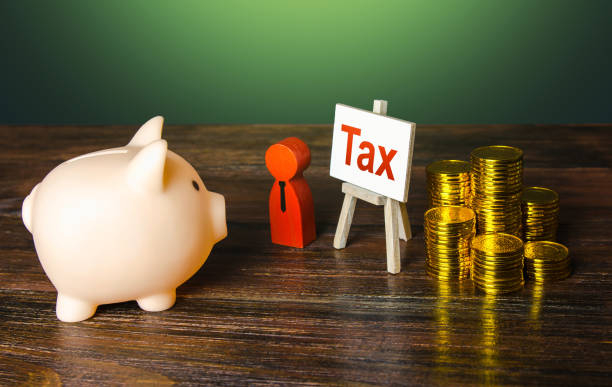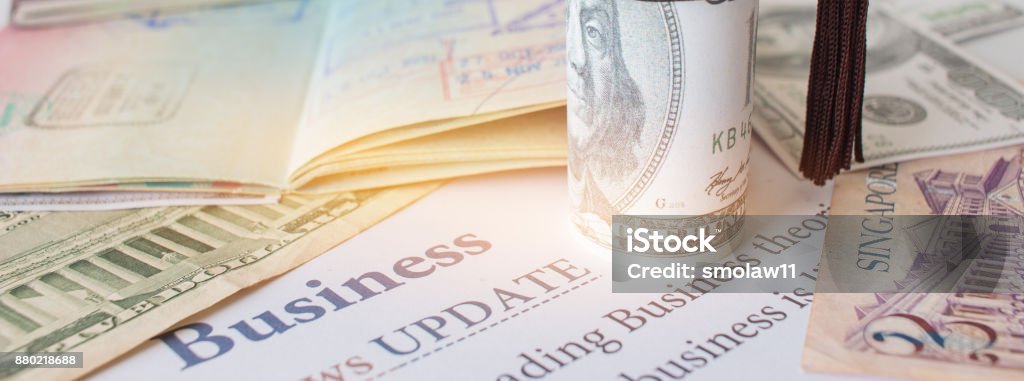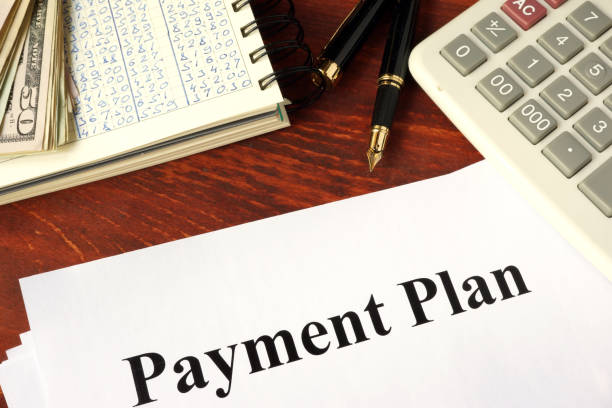Credit card debt can quickly spiral out of control, leaving you juggling multiple payments, high-interest rates, and growing financial stress. One effective way to regain control of your finances is through credit card debt consolidation. This process combines multiple credit card balances into a single, manageable payment plan, often with a lower interest rate. In this blog, we’ll explore the pros and cons of debt consolidation, practical tips for making it work, and strategies to avoid overspending.
What is Credit Card Debt Consolidation?
Credit card debt consolidation simplifies your finances by merging several credit card debts into one. This can be achieved through personal loans, balance transfer credit cards, or specialized debt consolidation programs. By reducing your interest rate or extending your repayment term, this method can ease the financial burden while keeping you on track toward becoming debt-free.
The Pros and Cons of Credit Card Debt Consolidation
Before diving into debt consolidation, it’s crucial to weigh the pros and cons:
Pros:
- Simplified Payments: Instead of managing multiple due dates, you only need to focus on one monthly payment.
- Lower Interest Rates: Many consolidation methods offer significantly lower rates than credit cards.
- Improved Credit Score: Consistently paying off your consolidated debt can boost your credit score over time.
Cons:
- Fees and Costs: Balance transfers and personal loans may involve fees that increase overall costs.
- Temptation to Spend: Clearing your credit cards might tempt you to start overspending again.
- Longer Repayment Period: Extending the repayment term could mean paying more in the long run.
For a detailed guide on managing your finances through debt consolidation, visit Debt Consolidation.
Practical Tips for Successful Debt Consolidation
- Choose the Right Method: Evaluate different consolidation options, such as personal loans, balance transfers, or IVA programs.
- Stick to a Budget: Create a monthly budget to ensure you allocate enough funds for the consolidated debt payment.
- Avoid New Debt: Refrain from using credit cards after consolidating your debt. Focus on paying off the consolidated amount first.
- Seek Professional Advice: If you’re unsure about the best path forward, consult a debt advisor to tailor a plan to your situation.
Strategies to Avoid Overspending
Debt consolidation won’t be effective if you fall back into old habits. To prevent future financial troubles:
- Track Your Spending: Use apps or spreadsheets to monitor where your money goes.
- Set Financial Goals: Having a clear objective, such as saving for a home or building an emergency fund, can motivate you to stay on track.
- Limit Credit Card Use: Stick to cash or debit cards to minimize the temptation of overspending.
Take Control of Your Debt Today
Debt consolidation can be a powerful tool for managing credit card debt, but it requires discipline and a solid plan. By understanding its pros and cons and adopting the right financial strategies, you can pave the way to a debt-free future.
If you’re exploring Debt Consolidation options or need professional guidance, visit Apply for IVA to learn more about tailored solutions for your financial needs.
Check if you qualify for IVA




